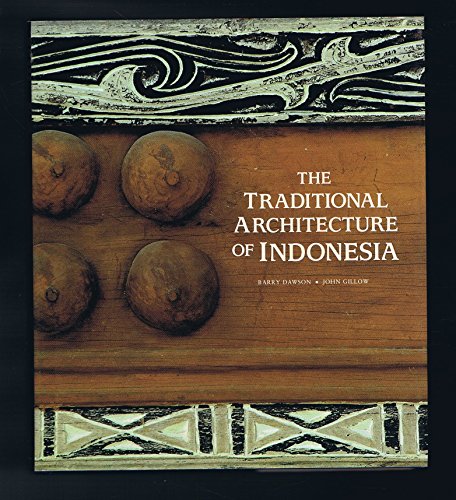Traditional architecture, which has evolved in harmony with the natural environment and the rhythms of a daily life far removed from industrialised society, is inspiring new interest throughout the world. Nowhere is more deserving of this attention than the islands of the Indonesian archipelago, whose huge range of peoples and terrain have produced the most extraordinary vernacular building. Characteristic of many Indonesian architectural styles are village houses raised on stilts, posts and pillars beautifully carved and painted with images of guardian spirits and ancestors, animal and human figures, spirals, and floral and geometric patterning. In many communities the house is regarded as a spiritual entity, whose construction involves many rituals and superstitions. It forms the focal point for community, ancestry and social standing. Barry Dawson and John Gillow's firsthand research provides the basis for this detailed examination of the history, traditions, materials and techniques of Indonesian vernacular building, which analyses the predominant types of each island and how they relate to the architectural needs of the present and future.
Supported by historical photographs, drawings, and nearly 200 photographs, the authors portray the enormous diversity of traditional style to be found, from the dignity and grandeur of the Minangkabau houses of Sumatra to the imposing solidity of the Dayak communal longhouses, Java's rich legacy of Hindu-Buddhism or the humble haystack houses of the Antoni of Timor. Barry Dawson and John Gillow worked together on "Traditional Indonesian Textiles" (Thames and Hudson, 1992). John Gillow is also the author, with Nicholas Barnard, of "Traditional Indian Textiles" (Thames and Hudson, 1993).
- ISBN10 050034132X
- ISBN13 9780500341322
- Publish Date 24 October 1994
- Publish Status Out of Print
- Out of Print 5 June 2000
- Publish Country GB
- Imprint Thames & Hudson Ltd
- Format Hardcover
- Pages 192
- Language English
